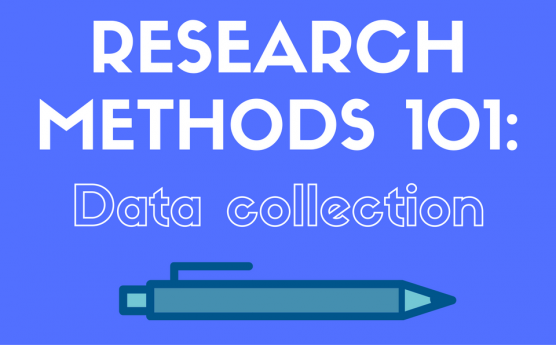16 May Research Methods 101: Data collection

With an increasing focus on data driven decisions, various governmental arms are increasing the pressure to get health providers and community organisations to focus on the numbers. The idea of ‘outcomes’ is a big part of the government mantra to get ‘more with less’ and the need to focus on effectiveness in service delivery. At the practice level, it can mean needing to write up value, merit, and worth of the activities you deliver.
This is where understanding the research process can make a difference to the way you approach data collection. This article covers the basics of research so you can be comfortable and confident to implement, engage, and drive good research in your kaupapa.
1. Age, Ethnicity and Location
When it comes to measuring outcomes, the data that counts are things like age, ethnicity, and location. Collectively, these are called demographics because they tell us about the structure of a population. ‘Demo’ means people and ‘graphic’ means picture. These demographic categories or fields in the data should be the standardised set; like the kind you find in the New Zealand census. These fields are absolutely critical to getting the most out of your data. Without these, the data lacks any power of inference (a conclusion based on evidence) as you will always be incompatible with other data sets.
It’s like standing at the lights watching cars go by and not recording the colour. At the end of the research activity you would have some information, but nothing to compare it with. You couldn’t determine what colour car was the most common, driven the fastest, or if colour and speed were related.
At a practical level, demographics give the audience and future intended users of the research a rich description of who was involved and what region they were from.
2. Outcomes versus Outputs
This is another area where misinformed terms become easily confused and hung out to various interpretations. The key thing for outcomes is that they presume a current situation first and foremost, then design a programme of activities and outcomes to change/make a difference to that situation.
An outcome is simply the difference a programme, intervention, or piece of research makes to the service user.
When measuring an outcome, it is important to understand who the service user is which is why age, ethnicity, and location are so important. A good example of an outcome (at the programme level) is ‘the success participants have in reducing their high salt, high sugar consumption’. Note that the situation set is a group of people who currently consume too much salt and sugar.
In contrast, an output is typically a number that serves as a measure of the activities or tasks delivered by a programme, intervention, or research. An example of good research outputs are the number of publications and presentations delivered by the team. From a programme perspective it could be the number of workshops delivered in a six month period.
An output is a number, a quantifiable measure, of what was done by a programme, intervention, or research project.
3. Why is location important?
Location is important for two reasons; firstly, the location of clients gives the funder a sense of the range of work you do and; secondly, the district health board that you align with. Funding formulas are usually tied into populations, so it is useful to tell the funder where you are working as well as the outcomes you are achieving.
The DHB connection is useful because it may reveal population trends or areas of interest in a region, specifically at the population level. This could be about reframing the priority for a particular community who are currently experiencing poorer health outcomes than others. It is also important to ensure the resources that DHBs have are spent in areas where they are needed most.
There are also other benefits to knowing location. In the first instance it allows you to look at the spread in a region and make comparisons to other regions with similar demographics. Again, the point here is to get as much use and information from the data as possible. If the location was not known, we would be limited in what we can infer from the mahi we have done.
Having a good understanding of data collection can build your confidence to engage with research. It’s not easy to get the terms down and there are always new terms being generated, but the concepts and terms shared here are the building blocks of sound research methods.
In our next article we will focus on the concept of ‘big data’ and the key national surveys that are important to the Māori Community Health workforce.
Nga mihi
Suaree Borell
If you have any questions about research or evaluation please drop me a line on evaluations@toitangata.co.nz. I will do my best to find a suitable answer and help build your research and evaluation practice.



